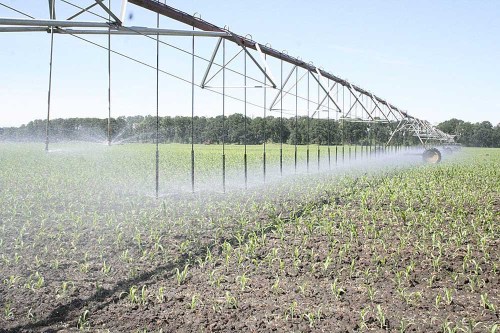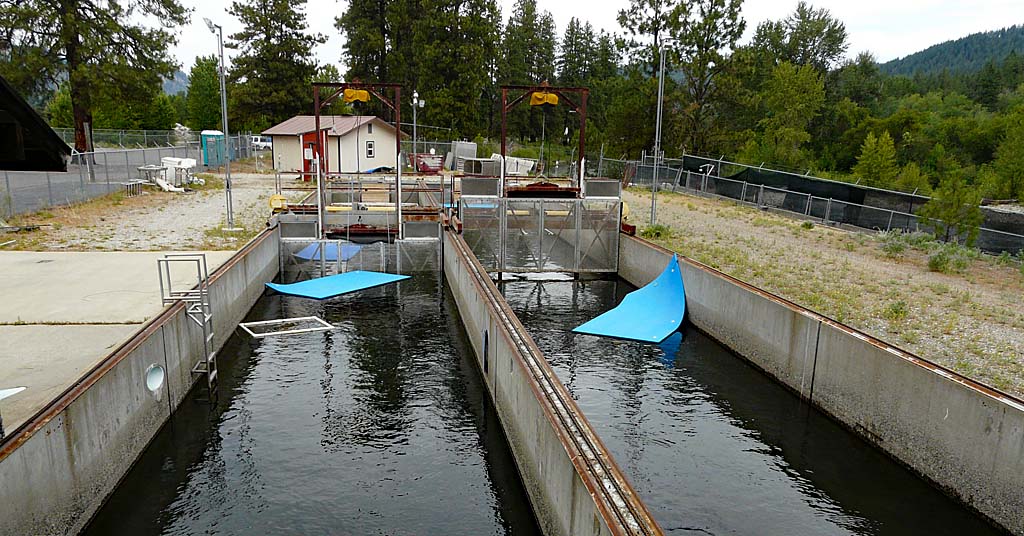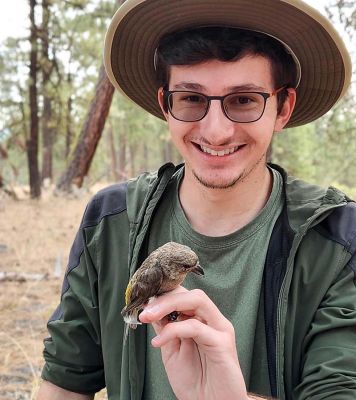Oregon irrigation district argues water rights can’t be ‘drowned’
Published 3:45 pm Thursday, November 3, 2022
Farmers hoping to build an irrigation reservoir want the Oregon Court of Appeals to rule that in-stream water rights can’t be violated by an abundance of water.
The appellate court’s ruling may decide the fate of a proposed dam that would store 12,000 acre-feet of water in the Willamette Valley, but fundamental questions of water law are also at stake.
Trending
The East Valley Water District’s planned reservoir near Silverton, Ore., once seemed headed for approval but was ultimately rejected by state water regulators in 2019.
Irrigation and other water uses are more commonly accused of unlawfully decreasing flows contrary to in-stream water rights owned by the state.
In this case, though, the amount of water protected by the in-stream right would still flow through an opening in the dam.
According to state regulators, however, flooding the reservoir site would defeat the in-stream water right’s purpose of protecting cutthroat trout habitat.
The irrigation district has now asked the appellate court to overturn that denial by the Oregon Water Resource Commission, arguing it improperly considered the purpose of the in-stream water right — rather than just the quantity, as legally required.
“Just because the stream is inundated does not make it an injury,” said Crystal Chase, the irrigation district’s attorney. “That inquiry does not look at whether the purpose of the right is impaired.”
Trending
Storing water in the reservoir during winter is not incompatible with the in-stream water right, she said. “The district must allow all necessary flow to satisfy the in-stream water right.”
Beyond its implications for the proposed reservoir, the decision threatens to destabilize state water law, according to the irrigation district.
The commission has expanded the scope of water rights to include “specific waterbody characteristics or particular wildlife habitat,” departing from the traditional system of water distribution, the district claims.
“We believe there are significant errors here that need to be reversed and remanded for correction,” Chase said during oral arguments on Nov. 3.
The irrigation district was formed two decades ago with the goal of developing a stored water supply for its farmers, who studied numerous potential locations before settling on the Drift Creek site.
Proponents say the project is needed to secure a future source of irrigation, especially since some of them have been “regulated off” surface flows in the summer or lost time-limited groundwater permits.
The project is fiercely opposed by other growers, whose farmland would be submerged by the reservoir, as well as environmental advocates who fear adverse impacts to fish.
Because the supporters have organized as an irrigation district, a government entity, they could use the power of eminent domain to condemn properties without the assent of landowners.
The project has stirred further controversy because the 384 acres needed for the reservoir are entirely outside the irrigation district’s boundaries, so the farmers benefiting from the water supply wouldn’t be sacrificing land.
While the project would still require other local, state and federal permits, the irrigation district’s application to store winter flows was approved by the director of the state’s Water Resources Department and an administrative law judge.
However, the Water Resources Commission — which oversees the agency — reversed course three years ago, concluding the reservoir wasn’t in the public interest for failing to protect an existing in-stream water right in Drift Creek.
The irrigation district now claims the commission committed a legal error because in-stream water rights are meant to preserve a certain level of flow for public use, but not specific attributes of the water.
“The commission essentially rewrote the public interest factor,” said Chase, the irrigation district’s attorney.
The commission should only have considered whether the storage project would reduce the amount of water needed for the in-stream right, she said. Other processes are intended to prevent harm to fish and wildlife.
“In-stream water rights are water rights like any other,” Chase said. “Fundamentally, this process is about water availability.”
Denise Fjordbeck, the state government’s attorney, agreed the denial wasn’t based on an injury to stream flow, but said the commission was allowed to consider the in-stream right’s purpose.
The reservoir would consume about six miles of creek that are currently used by cutthroat trout for migration, spawning, egg incubation and rearing, she said.
“Above the dam will not be stream anymore. The stream will be drowned,” Fjordbeck said. “The character of the stream will change because of the dam.”
Right now, water in the creek runs swiftly over rocks and between tree-lined banks, depositing woody debris for fish habitat, said Tom Christ, attorney for the Waterwatch of Oregon environmental nonprofit.
Those benefits will cease to exist with the project’s development, he said.
“The creek will disappear into the reservoir. It will be a lake,” Christ said. “It will disappear into the slow-moving body of water.”
That change conflicts with the in-stream water right, as would replacing the creek with a pipeline — even one sufficient to meet flow requirements, he said. “In the meantime, you have dewatered the stream and killed all the wildlife.”










